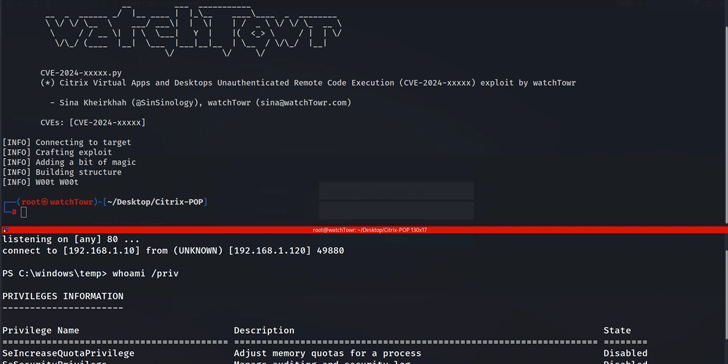Unpacking the North Korean FudModule Rootkit Attack: A Deep Dive into the Chrome Zero-Day Exploit
In the ever-evolving landscape of cybersecurity, nation-state actors continuously push the boundaries of cyber warfare. One of the most recent threats comes from North Korean hackers who exploited a zero-day vulnerability in Google Chrome, leading to the deployment of a sophisticated rootkit known as FudModule. This blog post aims to break down the key components of this attack, explaining the technical jargon and methods used, and highlighting the implications for organizations and how they can respond effectively.
Method Used for Information Gathering
The attack began with extensive reconnaissance, a phase in which attackers gather critical information about their targets. In this case, the North Korean threat actor group, identified as Citrine Sleet (a subgroup within the notorious Lazarus Group), focused on the cryptocurrency industry. By conducting detailed research and leveraging social engineering techniques, they identified potential victims, including individuals and organizations managing digital assets.
Selection of Attack Method
Citrine Sleet’s modus operandi involved creating fake websites that mimicked legitimate cryptocurrency trading platforms. These sites were designed to lure unsuspecting users into downloading weaponized cryptocurrency wallets or trading applications. Once installed, these malicious applications provided the attackers with an entry point into the victims’ systems.
The attack’s sophistication lay in its use of a zero-day vulnerability, specifically CVE-2024-7971, a high-severity flaw in the V8 JavaScript engine used by Chromium-based browsers like Google Chrome. This type confusion vulnerability allowed the attackers to execute arbitrary code remotely, effectively breaching the browser’s security and paving the way for further exploitation.
Entry Point Based on Vulnerabilities Found by Scanning
The entry point for this attack was the CVE-2024-7971 vulnerability. When victims visited the malicious website (voyagorclub), they inadvertently triggered an exploit for this zero-day flaw. This exploit enabled the attackers to inject shellcode that escaped the browser’s sandbox (a security mechanism designed to isolate potentially harmful code) and escalated privileges on the victim’s Windows system.
Subsequent to the initial breach, the attackers exploited another vulnerability, CVE-2024-38106, a Windows kernel privilege escalation bug. This flaw allowed the attackers to gain administrative access to the system, enabling them to deploy the FudModule rootkit, which provides deep access to the system by manipulating core components of the Windows operating system.
Impact on the Target Organization
The impact of this attack is profound. By gaining admin-to-kernel access through the FudModule rootkit, the attackers can perform direct kernel object manipulation, essentially giving them control over the affected systems. This level of access could lead to the theft of sensitive information, disruption of operations, and even long-term persistence within the network, making it difficult to detect and remove the attackers.
Incident Response: Steps Taken by the Organization
Upon detection of this attack on August 19, 2024, Microsoft’s Threat Intelligence team quickly moved to attribute the activity to Citrine Sleet. The first step in the incident response was to identify and patch the exploited vulnerabilities. Both Google and Microsoft released security updates to address CVE-2024-7971 and CVE-2024-38106, respectively.
The organization likely followed a structured incident response plan, which would involve:
- Containment: Isolating affected systems to prevent further spread of the rootkit and any additional malware.
- Eradication: Removing the FudModule rootkit and other malicious artifacts from the compromised systems.
- Recovery: Restoring systems to normal operation while ensuring that vulnerabilities are fully patched.
- Post-Incident Analysis: Reviewing the attack chain to identify weaknesses in the organization’s security posture and implementing measures to prevent future occurrences.
How to Treat the Risk and Prevent Future Occurrences
To treat the risk associated with this type of attack, organizations should prioritize:
- Timely Patching: Ensuring all systems, especially those exposed to the internet, are up to date with the latest security patches. This reduces the window of opportunity for attackers to exploit known vulnerabilities.
- Unified Threat Detection: Implementing security solutions that offer visibility across the entire attack chain, enabling the detection and blocking of malicious activities even if a zero-day exploit is successful.
- Enhanced Security Awareness: Educating employees about the risks of social engineering and the importance of verifying the authenticity of websites and applications, particularly in high-risk industries like cryptocurrency.



